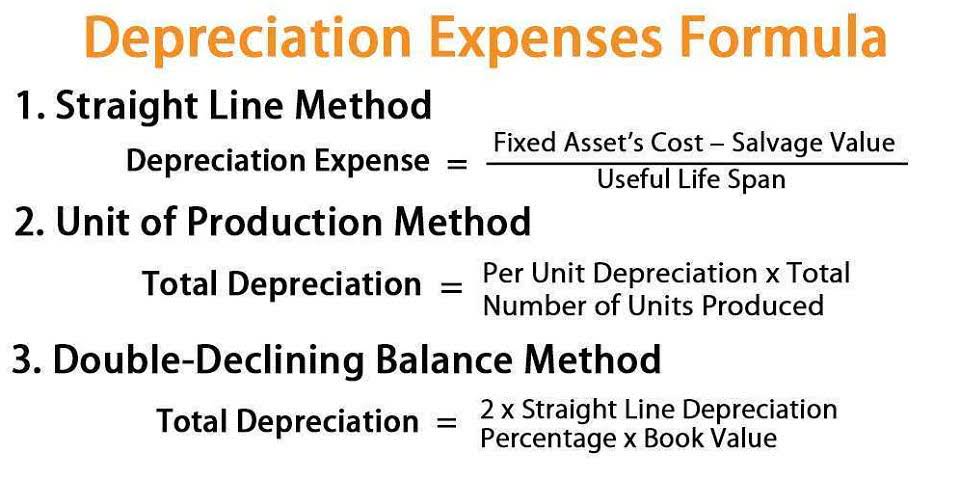
It consists of only those revenues, expenses, gains, and losses that have not been realized yet and hence is not included in the net income on the Profit & Loss statement. It is recorded on the liabilities side of the balance sheet income statement under the Shareholders Equities head. Whenever CI is listed on the balance sheet, the statement of comprehensive income must be included in the general purpose financial statements to give external users details about how CI is computed.
Real-Life Example of OCI
- Further, since net income is unaffected by OCI, neither is the retained earnings account on the balance sheet.
- Comprehensive income is essentially the sum of net income and OCI, representing the total non-owner changes in equity for a given period.
- This can be tricky to recognize for beginners because the words “other income” aren’t directly written.
- OCI includes revenues, expenses, gains, and losses that are unrealized.
However, the effective portion of gains or losses on hedges of net investments in foreign operations per IFRS 9 are reclassified as are the effective portion of gains and losses on hedging instruments in a cash flow hedge. Other items which may be reclassified to profit or loss include gains and losses on disposals arising from translating the financial statements of a foreign operation in accordance with IAS 21 The Effects of Changes in Foreign Exchange Rates. Profit statement of comprehensive income or loss includes all items of income or expense (including reclassification adjustments) except those items of income or expense that are recognised in OCI as required or permitted by IFRS standards.
- An analyst can understand the unrealized gains and losses on bonds and shares while going through the components of the other comprehensive income.
- The net income is transferred down to the CI statement and adjusted for the non-owner transactions we listed above to compute the total CI for the period.
- This is big with insurance companies, who take premiums and invest those to make income for their holding company.
- This practice ensures that financial statements reflect the temporary effects of fluctuating exchange rates on the company’s equity.
- IFRS 9 provides examples of some items that are not reclassified and some items that are reclassified.
Discussion on the transparency and usefulness of OCI in financial analysis
In the case of marketable securities, I probably won’t care about the extreme changes in OCI. Just because its market value is fluctuating doesn’t mean the company will necessarily have less retained earnings down the road. A company may hedge against the fluctuations in the currencies while transacting business activities. The analyst will understand the impact of fluctuations in the currency rate and foreign currency exchange gains or losses adjustments made in the process. For smaller businesses, these special income items might not come up as often.

#3 – Accounting for Foreign Currency Exchange Gains or Losses Adjustments

He started AnalystAnswers to provide aspiring professionals with accessible explanations of otherwise dense finance and data concepts. Noah believes everyone can benefit from an analytical mindset in growing digital world. When virtual accountant he’s not busy at work, Noah likes to explore new European cities, exercise, and spend time with friends and family. That said, some late fees are so common that they are included in normal revenue. In some high-risk credit card businesses, late fees are a normal part of operations. Since they are common, they can be included in revenue, depending on the accounting framework (IFRS, USGAAP).

Other Comprehensive Income and Financial Statements

Just like individuals, companies sometimes go to court to resolve disputes. When a company sues and wins, there are often damages paid, which is a source of other income. This late payment fee must be booked separately as other income, since it is unpredictable and does not relate to the core delivery of the service. In the same way that loans can inflate margins, so too can late fees when they are heavily present in one period but not in another.
